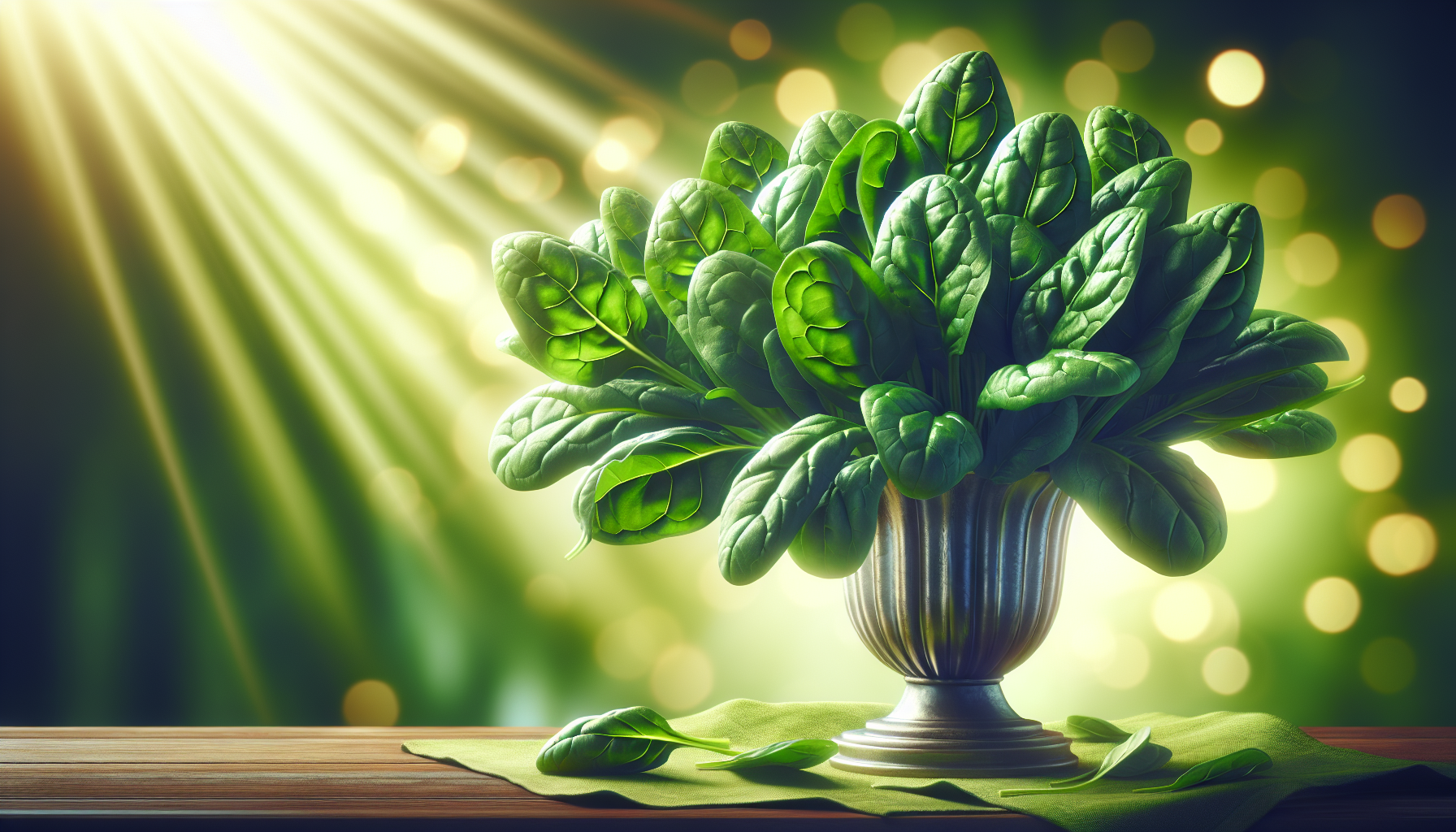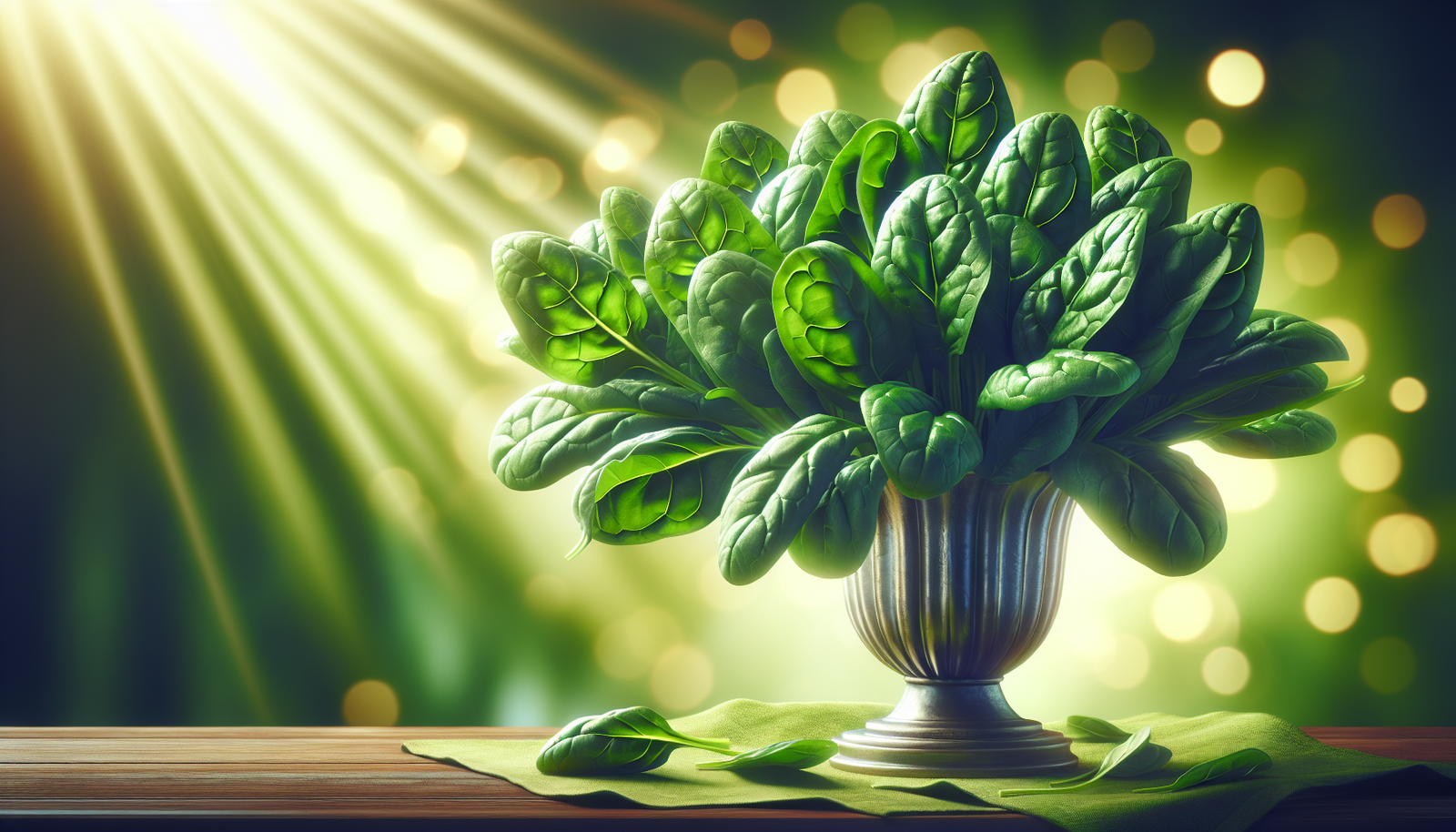Have you ever paused to wonder how the foods you eat affect your body’s ability to absorb important nutrients? It’s a relatively simple query, but it opens the door to complex relationships between vitamins, minerals, and various compounds in your diet. In this article, we’ll unpack the fascinating interplay between oxalates and iron absorption, revealing what current research tells us.

Understanding Oxalates
Oxalates are naturally occurring substances found in many foods. They are organic acids, and, while your body does produce some oxalates, you mainly get them from your diet. Load your plate with veggies, nuts, and even certain grains, and you might be unwittingly increasing your oxalate intake.
Sources of Oxalates
Not all foods are created equal when it comes to oxalate content. Foods high in oxalates include:
- Spinach: A nutrient powerhouse with a hefty oxalate punch.
- Rhubarb: Often overlooked, this tart vegetable is loaded with oxalates.
- Beets: They’re nutritious but can complicate iron absorption.
- Almonds: A go-to snack that might not be as beneficial as you think for iron absorption.
Now that you’ve got a sense of what foods to watch out for, let’s talk about why oxalates matter.
Role of Oxalates in the Body
In small amounts, oxalates can serve various roles in the body, but they can become problematic when consumed in large quantities. They have a penchant for binding with minerals, particularly calcium and iron. When they latch on to these minerals, they can form insoluble compounds that your body struggles to absorb. This is where the situation grows a bit complicated, especially concerning iron.
The Importance of Iron
Iron is essential for producing hemoglobin, the component of your blood that carries oxygen. Without adequate iron, you may find yourself feeling fatigued, weak, or even experiencing cognitive slowdown. Iron comes in two primary forms: heme iron, which is found in animal products, and non-heme iron found in plant-based foods.
Heme vs. Non-Heme Iron
-
Heme Iron: This type is found in meat, fish, and poultry. It’s easily absorbed by your body, making it a reliable source of iron.
-
Non-Heme Iron: Found in plant-based foods, this iron type is less easily absorbed. Your body’s ability to absorb non-heme iron can be influenced by several factors, including the presence of other dietary components like oxalates.
With this distinction in mind, let’s delve deeper into how oxalates specifically interact with iron absorption.
Oxalates and Iron Absorption: The Connection
Research illustrates that oxalates can inhibit the absorption of non-heme iron by binding to it in your intestines. This interaction renders iron less available for your body to use, which could lead to deficiencies over time, especially if you’re relying heavily on plant sources of iron.
The Chemistry Behind It
At the molecular level, oxalates bind to iron to form insoluble salts like iron oxalate. When this happens, the iron cannot easily enter your bloodstream, leading to less effective nutrition from the food you consume. This is particularly important for anyone following a vegetarian or vegan diet, where non-heme iron sources form the majority of iron intake.
Current Research on Oxalates and Iron Absorption
Multiple studies have scrutinized this relationship between oxalates and iron absorption. While research is still ongoing, let’s summarize some of the findings that have emerged.
Study Findings
-
Reduced Absorption: A study published in the Journal of Nutrition found that individuals who consumed high-oxalate diets had lower non-heme iron absorption rates, suggesting that reducing oxalate intake might improve iron status.
-
Varied Impact by Source: Other research highlights that the effect of oxalates on iron absorption can vary based on dietary composition. For instance, consuming vitamin C alongside non-heme iron may mitigate some of the absorption inhibition caused by oxalates.
-
Bioavailability Matters: In assessing dietary sources, the bioavailability of iron is significantly affected by the presence of oxalates, amongst other dietary components.
Let’s break it down to make it clearer.
Key Points from the Research
| Study Focus | Findings |
|---|---|
| High-oxalate diets and iron absorption | Reduced non-heme iron absorption |
| Impact of vitamin C | Can improve iron absorption in the presence of oxalates |
| Bioavailability factors | Influenced by dietary composition |

Who Should Be Concerned?
While most individuals enjoy a balanced diet without extensive thought toward oxalates, certain groups may need to be more vigilant. If you’re a vegetarian or vegan, pregnant, or suffer from certain medical conditions like kidney stones, keeping an eye on oxalate intake could benefit your health.
Recommended Iron Intake
The Recommended Dietary Allowance (RDA) for iron varies depending on age and gender:
- Adult Men: 8 mg/day
- Adult Women (19-50 years): 18 mg/day
- Pregnant Women: 27 mg/day
- Postmenopausal Women: 8 mg/day
Understanding how oxalates interplay with these guidelines can help you make informed dietary choices.
Tips for Maximizing Iron Absorption
Want to enhance your iron absorption? Here are some practical, actionable steps you can take:
1. Pair Iron-Rich Foods with Vitamin C
Vitamin C is your best friend when it comes to iron absorption. Include citrus fruits, bell peppers, and broccoli in your meals alongside iron-rich foods. They work together to help your body take in more iron effectively.
2. Limit High-Oxalate Foods
You don’t have to eliminate high-oxalate foods entirely, but being mindful of your intake can be beneficial, particularly if you rely on plant sources of iron.
3. Cook Your Foods
Cooking methods can influence oxalate levels. For instance, boiling spinach can significantly reduce its oxalate content. Experiment with various cooking methods to find what works best for your meals.
4. Diversify Your Diet
Incorporate a variety of iron sources in your diet. Include both heme and non-heme iron when possible to ensure that you’re maximizing your iron intake.
5. Stay Hydrated
Staying well-hydrated can promote optimal digestion, aiding in the absorption of nutrients like iron. So don’t forget to drink plenty of water throughout the day.

What About Supplements?
If you suspect that you’re not getting enough iron or even if you have a documented deficiency, supplements might come into play. However, it’s crucial to consult with a healthcare provider before starting any supplementation.
Supplement Forms
Iron supplements come in various forms, such as ferrous sulfate, ferrous gluconate, and others. Some may be easier to digest and absorb than others. This is another area to discuss with your healthcare professional.
The Bottom Line
Navigating the complex world of iron absorption and oxalate intake might seem daunting at first glance. But knowledge is power! Understanding how these factors interact can help you make informed dietary choices.
By being mindful of your oxalate intake, strategically pairing iron-rich foods with vitamin C, and incorporating a diverse range of nutrients into your meals, you’re well on your way to ensuring that your body can absorb the iron it needs.
If you have any specific dietary concerns or medical conditions, seeking guidance from healthcare professionals is always a wise move. After all, tailoring your nutrition based on understanding both your body’s needs and the nuances of the foods you consume will lead you down the path of optimal health.
So, the next time you’re loading your plate, think about not just what to eat but how the components of your meal fit together. How does your choice support your body’s ability to absorb the nutrients it requires? It’s a small question, but it can lead to a richer understanding of your diet and its impact on your overall well-being.


